NEC Wire Size Chart Explained: Important Concepts
NEC wire size chart helps engineers, contractors, and EPC firms select compliant conductor sizes for optimal ampacity, voltage drop control, and electrical safety under the National Electrical Code.

NEC wire size chart helps engineers, contractors, and EPC firms select compliant conductor sizes for optimal ampacity, voltage drop control, and electrical safety under the National Electrical Code.
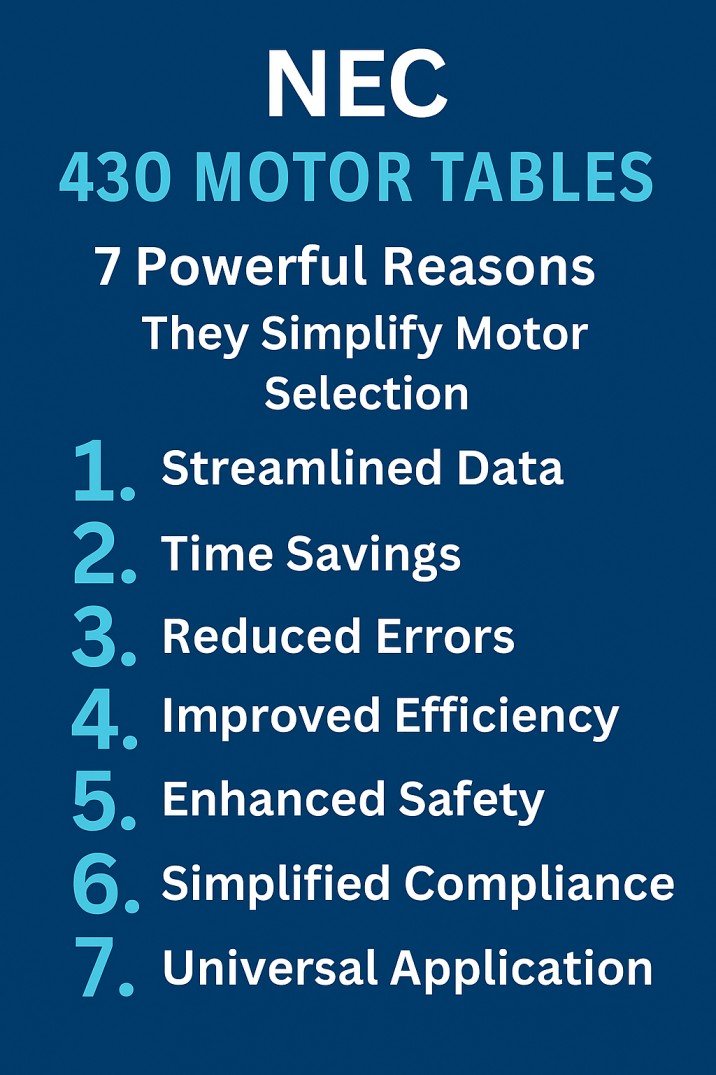
Discover how NEC 430 motor tables make motor sizing, protection, and compliance easier than ever. Learn the essential benefits, improve selection accuracy, and streamline electrical design with this practical guide.

Find the right motor starter every time with this detailed motor starter size chart. Learn sizing rules, selection tips, and key factors that make choosing the correct starter easy and reliable.

Get accurate conduit sizing with a conduit fill calculator for fire alarm cable. Improve safety, efficiency, and code compliance with quick, reliable calculations.
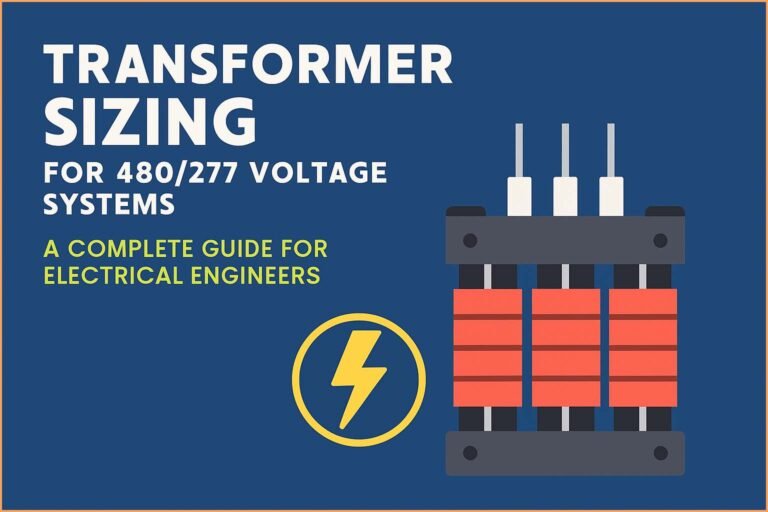
Learn about transformer sizing for 480/277 voltage systems. This guide covers load calculation, safety factors, efficiency, and best practices for electrical engineers and designers.
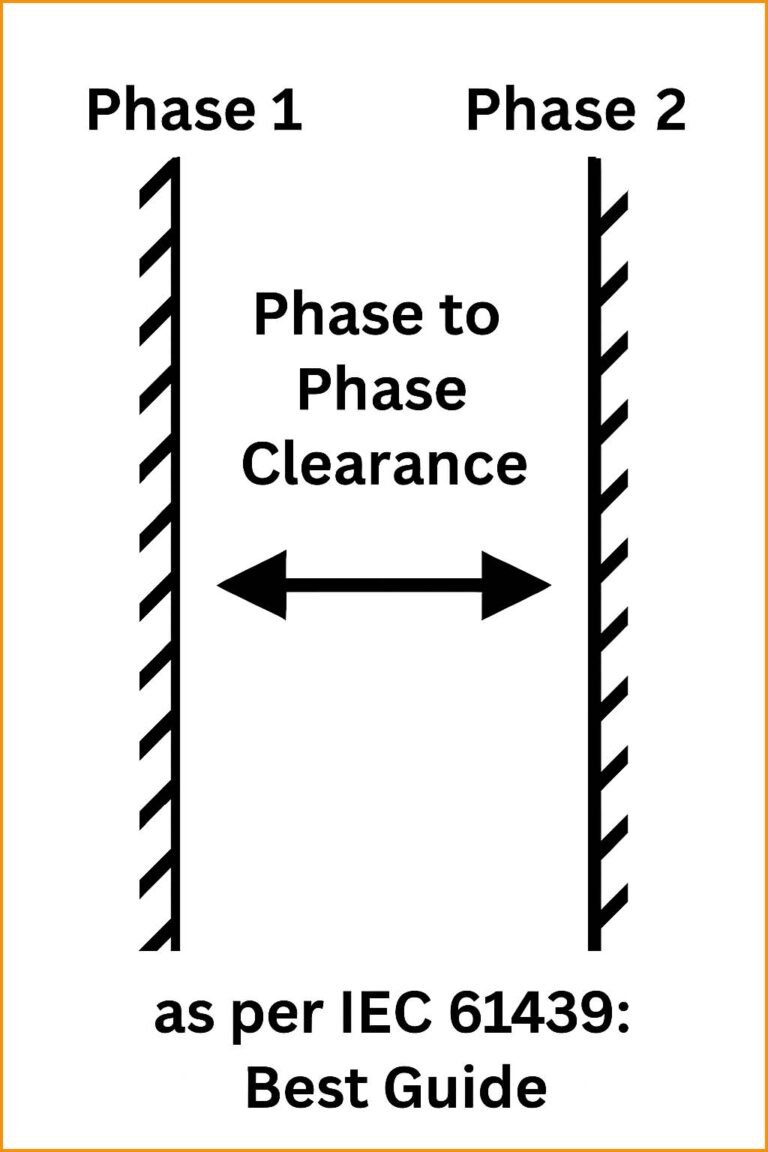
Phase to phase clearance as per IEC 61439 is one of…

Calculate transformer temperature rise quickly and accurately with our easy-to-use Transformer Temperature Rise Calculator. Ensure safe operation, optimize performance, and extend transformer life with precise electrical calculations.

Easily calculate and analyze transformer losses with our Transformer Losses Calculation Tool. Optimize efficiency, reduce energy wastage, and improve transformer performance.
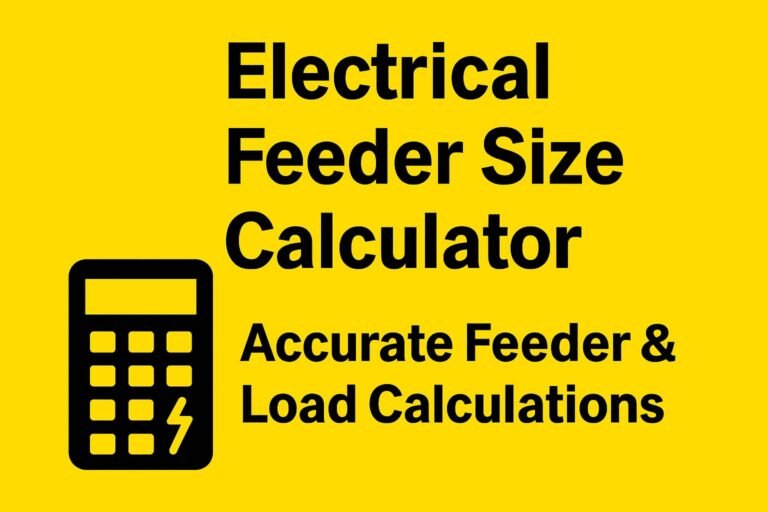
Easily calculate the correct electrical feeder size with our Electrical Feeder Size Calculator. Ensure safety, efficiency, and compliance with precise load and voltage drop calculations.

Learn what the IEC Standard X/R Ratio means, how it affects fault current calculation, and why it’s crucial for transformer design, circuit protection, and power system stability.

Learn the IEC standard for voltage drop calculation with formulas, examples, and permissible limits. This complete guide explains IEC 60364 rules for cable sizing, voltage drop percentage, and design compliance for safe electrical installations

Improving power factor is one of the most cost-effective ways to…

Lighting plays a central role in every commercial office. It not…
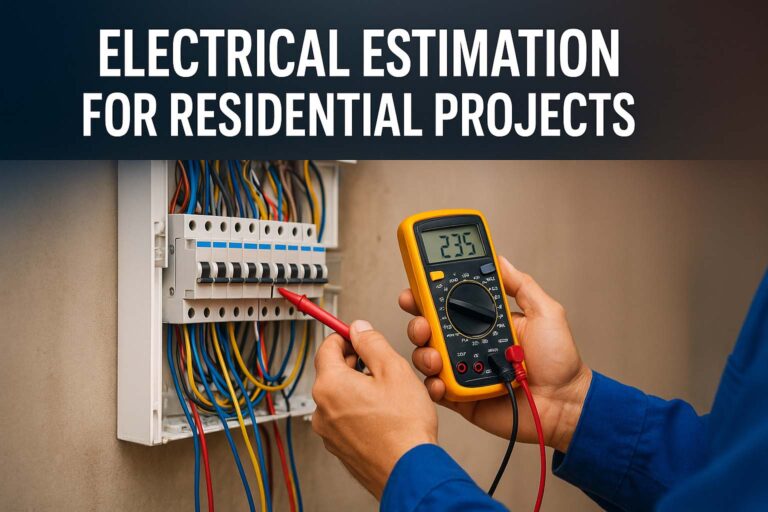
Electrical Load estimation for residential projects is one of the most…
| Cookie | Duration | Description |
|---|---|---|
| cookielawinfo-checkbox-analytics | 11 months | This cookie is set by GDPR Cookie Consent plugin. The cookie is used to store the user consent for the cookies in the category "Analytics". |
| cookielawinfo-checkbox-functional | 11 months | The cookie is set by GDPR cookie consent to record the user consent for the cookies in the category "Functional". |
| cookielawinfo-checkbox-necessary | 11 months | This cookie is set by GDPR Cookie Consent plugin. The cookies is used to store the user consent for the cookies in the category "Necessary". |
| cookielawinfo-checkbox-others | 11 months | This cookie is set by GDPR Cookie Consent plugin. The cookie is used to store the user consent for the cookies in the category "Other. |
| cookielawinfo-checkbox-performance | 11 months | This cookie is set by GDPR Cookie Consent plugin. The cookie is used to store the user consent for the cookies in the category "Performance". |
| viewed_cookie_policy | 11 months | The cookie is set by the GDPR Cookie Consent plugin and is used to store whether or not user has consented to the use of cookies. It does not store any personal data. |